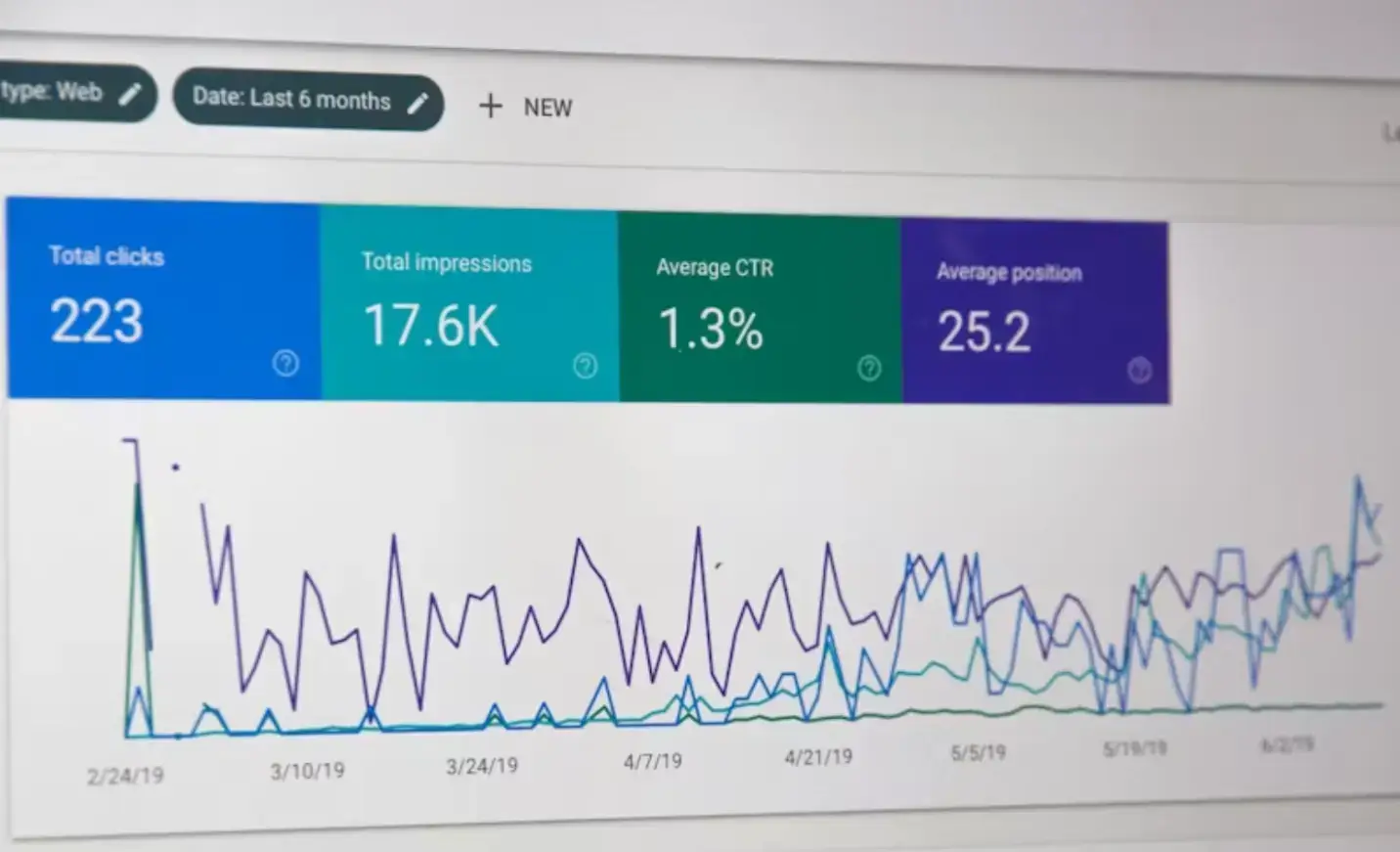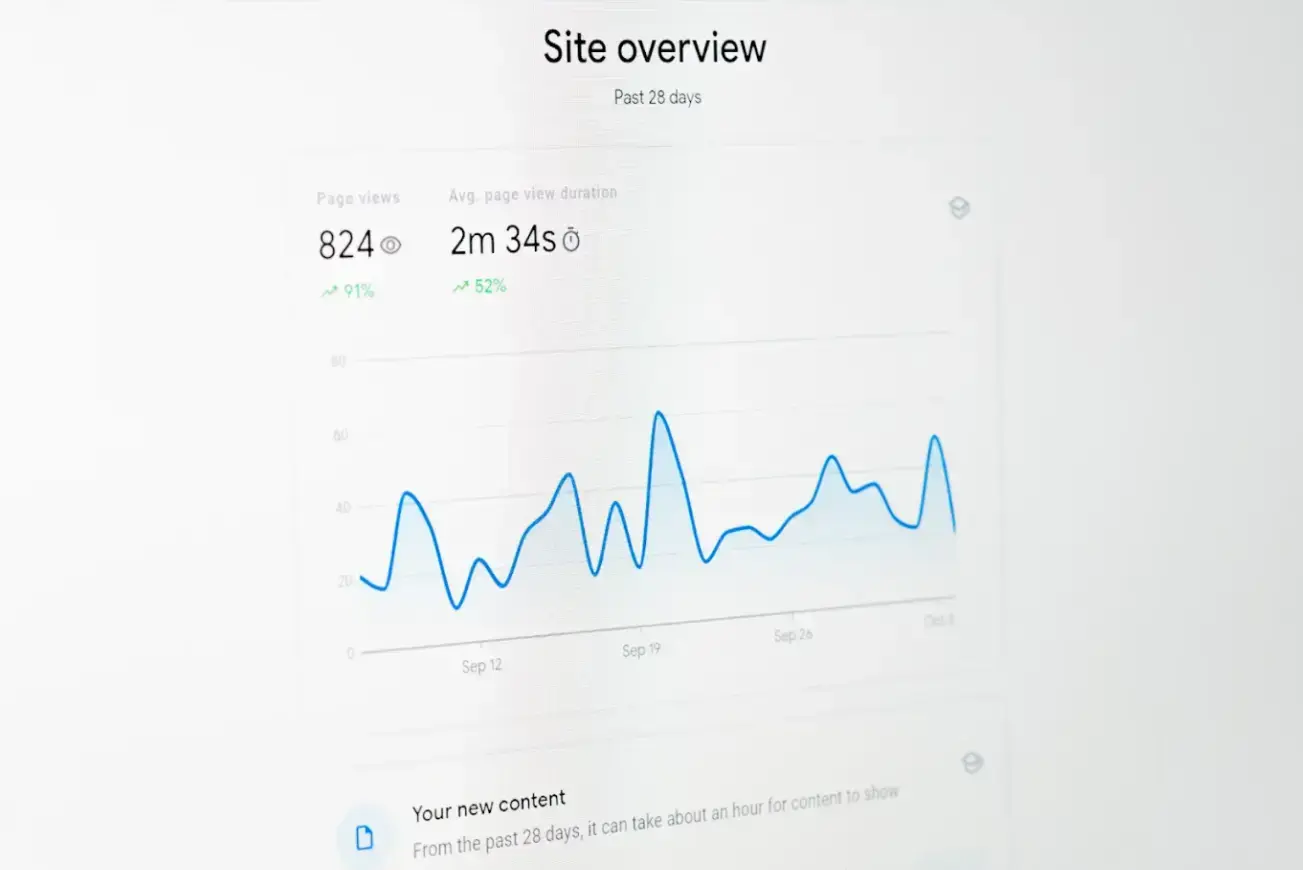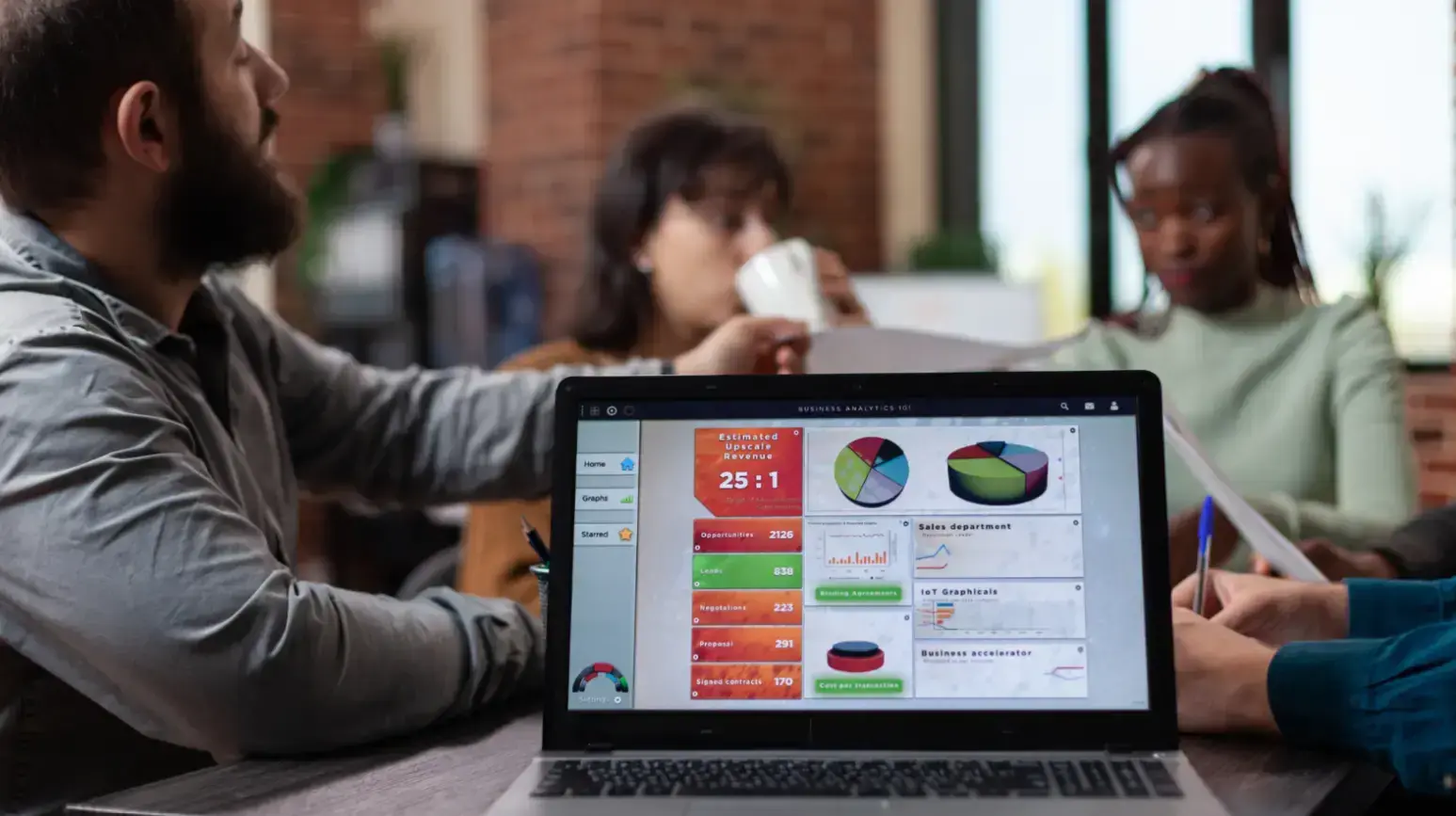So you have a great product or service to offer, a beautiful website, and a handful of amazing campaigns. But how do you actually know if all this hard work pays off?
You do marketing funnel analysis. It’s the dependable roadmap that guides prospective customers from first contact to loyal advocate.
Let’s take you through each stage of conducting marketing funnel analysis like a pro. By the end of it, you’ll know exactly which metrics to measure and what sort of actionable information you should be getting from your analytics data.
Article Shortcuts:
- Understanding the Marketing Funnel
- Key Metrics for Funnel Analysis
- Tools and Techniques for Gathering Data
- How to Analyze Marketing Funnel Data Like a Pro in 4 Steps
What is Marketing Funnel Analysis?
Marketing funnel analysis is about looking at all those stages of your potential customer’s journey to see how they interact with your sales funnel.
Essentially, marketing funnel analysis helps to observe and identify the natural steps involved in how people find out about your product or service and make a purchase.
-
Importance of funnel analysis in your marketing strategy
Any company serious about marketing optimization needs to do a comprehensive funnel analysis.
If you can identify the points at which customers are leaving your sales funnel, you can work to enhance their experience and increase conversions.
Understanding the Marketing Funnel

Free to use image sourced from Unsplash
At every stage in your customers' relationship with your brand, you have distinct obligations to them. Here are the stages that make up the marketing funnel and what you need to do in each one:
-
Awareness
At the top of the funnel, your goal is to make potential customers aware of your brand. This is where you cast a wide net with your marketing campaigns, hoping to attract as many people as possible.
To capture the attention of potential customers at the top of the funnel, consider leveraging a multi-channel approach that includes targeted advertising, social media marketing, and even business SMS campaigns.
Try SocialPilot to easily schedule social content, plan campaigns, collaborate with your teams, and measure your performance.
-
Interest
Once people are aware of your brand, you want to pique their interest. This is where you start to nurture leads with targeted content and offers.
-
Consideration
At this stage, potential customers are considering whether your product or service is right for them. They're comparing you to your competitors and weighing their options.
-
Conversion
This is the moment of truth - when a potential customer becomes an actual customer. They've decided to make a purchase, and it's your job to make the checkout process as smooth as possible.
-
Loyalty
The funnel doesn't end at conversion. You want to turn one-time buyers into loyal customers who keep coming back for more.
-
Advocacy
The ultimate goal is to turn loyal customers into brand advocates who spread the word about your business. Think of it as the cherry on top of your marketing funnel.
To really understand your marketing funnel, you need to put yourself in your customer's shoes.
That's where customer journey mapping comes in. By visualizing the path users take as they interact with your brand, you can identify potential roadblocks and opportunities for improvement.
Key Metrics for Funnel Analysis
Keeping tabs on the right metrics is essential for conducting marketing funnel analysis.

Free to use image sourced from Unsplash
Some examples are:
- Clicks on sponsored ads.
- Referrals.
- Social media and blog post interactions.
- Website visitors.
- Customer lifetime value.
- Activation rate.
- Free trial conversion rate.
- Retention rate.
- Demo bookings.
- NPS and CSAT.
Let’s break that down even further into some different stages of the marketing funnel.
- Top-of-the-funnel metrics: At the top of the funnel, you'll want to track metrics like website traffic, open rates, and social media engagement. These metrics give you a sense of how well your brand awareness efforts are working.
- Middle-of-the-funnel metrics: As potential customers move through the funnel, keep an eye on metrics like email click-through rates and content downloads. These metrics indicate how engaged users are with your brand. Additionally, it's crucial to understand what identity resolution is and how it can help you create a unified view of your customers across different touchpoints, enabling more effective personalization and targeting.
- Bottom-of-the-funnel metrics: At the bottom of the funnel, focus on metrics like conversion rates and cart abandonment rates. These metrics shed light on how effectively you're turning potential customers into actual customers.
It’s important to understand your key performance indicators (KPIs). By tracking the right KPIs, you can make data-driven decisions that help you achieve your marketing goals.
However, understanding KPIs is only part of the equation. To truly leverage this understanding, it's imperative to include a call to action.
Without clear guidance on what steps to take next, the insights gained from KPI analysis may remain untapped potential. Therefore, it's essential to incorporate actionable strategies into your approach.
Review your current metrics, identify areas for improvement, and implement proactive measures to enhance your performance. By including a call to action, you empower yourself to translate insights into tangible results and drive meaningful progress in your marketing efforts.
Tools and Techniques for Gathering Data
-
Google Analytics

Free to use image sourced from Unsplash
Google Analytics is a must-have tool for any marketer looking to conduct funnel analysis. It provides a wealth of data on user behavior, including how users interact with your website, which pages they visit, and where they drop off in the funnel.
-
CRM systems
Customer Relationship Management (CRM) systems are another valuable tool for gathering data on your marketing funnel.
They allow you to track interactions with potential customers across multiple channels, from email to social media to phone calls. By integrating your CRM with your marketing automation platform, you can get a complete picture of your customer journey.
-
Marketing automation platforms
Speaking of marketing automation platforms, they're a game-changer when it comes to funnel analysis. By integrating comprehensive marketing analysis, these platforms allow businesses to gain deeper insights into customer behavior, optimizing every stage of the marketing funnel.
Platforms like Marketo, Pardot, and HubSpot allow you to track user behavior across multiple touchpoints, from website visits to email opens to form submissions. They also provide powerful segmentation and personalization capabilities.
Staying updated on cloud computing trends in marketing automation can help you leverage scalable solutions and advanced analytics for more effective funnel optimization.
Additionally, integrating data from Point of Sale systems with your marketing automation platform can offer valuable insights into offline customer interactions, enriching your understanding of the complete customer journey.
To ensure your data is consistent and reliable across different systems, also consider implementing an ETL (Extract, Transform, Load) process, which helps you consolidate data from various sources into a single, unified database.
-
Surveys and feedback forms

Free to use image sourced from Pexels
Sometimes, the best way to gather data on your marketing funnel is to simply ask your customers. Surveys and feedback forms can provide valuable insights into why users are dropping off at certain points in the funnel, or what they love about your product or service. Just be sure to keep your surveys short and sweet.
How to Analyze Marketing Funnel Data Like a Pro in 4 Steps
- Data cleaning and validation.
- Segmentation and cohort analysis.
- Funnel visualization techniques.
- Identifying drop-off points.
- Identifying patterns and trends.
- A/B testing and experimentation.
- Personalization strategies.
- Continuous optimization.

Free to use image sourced from Unsplash
1. Data cleaning and validation
Before you start analyzing your funnel data, it's important to make sure it's clean and accurate. That means removing any duplicate or irrelevant data points, and performing product data validation against other sources like your CRM or marketing automation platform.
2. Segmentation and cohort analysis
Once your data is clean, it's time to start slicing and dicing it.
Segmentation involves dividing your user base into smaller groups based on shared characteristics, like demographics or behavior. Cohort analysis takes this a step further by examining how specific groups of users behave over time.
For example, you might look at how users who signed up in January compare to those who signed up in February in terms of conversion rates or lifetime value.
3. Funnel visualization techniques
Visualizing your funnel data can help you spot patterns and trends that might not be apparent in a spreadsheet. There are a variety of funnel visualization techniques to choose from, like the classic funnel chart or the more complex Sankey diagram.
The key is to choose a visualization that clearly communicates the story you're trying to tell with your data.

Source: Flickr
4. Identifying drop-off points
Perhaps the most important part of funnel analysis is identifying where users are dropping off. Look for sharp declines in user engagement or conversion rates at specific stages in the funnel.
For example, your website’s performance and loading speed can cause people to drop off at multiple points in the funnel, or perhaps you have too many steps in the checkout process and your cart abandonment is at the checkout stage.
By identifying these drop-off points, you can take targeted action to improve your funnel and boost conversions.
5. Identifying patterns and trends
Once you've analyzed your funnel data, it's time to start looking for patterns and trends.
Are there certain user segments that consistently outperform others? Do conversion rates tend to drop off at a particular stage in the funnel?
By identifying these patterns, you can start to form hypotheses about what's working well and what needs improvement.
6. A/B testing and experimentation
To test your hypotheses, you'll want to run some experiments. A/B testing involves creating two versions of a particular element (like a landing page or email subject line) and seeing which one performs better.
By constantly testing and iterating, you can optimize your funnel for maximum conversions. Just remember to run your tests long enough to reach statistical significance.
7. Personalization strategies

Free to use image sourced from Unsplash
One of the most effective ways to improve your funnel is through personalization.
By tailoring your marketing messages and user experience to specific segments or individuals, you can create a more relevant and engaging customer journey.
A good example could be using data integration solutions to pull in the customer data from several sources and create targeted email campaigns based on user behavior.
8. Continuous optimization
Remember, funnel optimization is never truly ‘done.’
Funnel metrics should be reviewed regularly, and you should seize every opportunity for improvement – whether it’s trying a new marketing channel, a new form of content, or a new tactic.
Regardless, don’t stop trying new things because you never know what might catch on.
Conclusion
At the end of the day, mastering marketing funnel analysis really comes down to staying curious, learning more on a regular basis, and being willing to test and see what works and what doesn’t.
If you follow the process outlined above, you’ll be off to a great start in optimizing your funnel and driving better results for your business.
Author Bio
Matthew is a Head of Growth Marketing from RudderStack. At RudderStack, they help businesses collect, unify, and activate customer data through event stream pipelines, customer profiles, and reverse ETL. They work with over 40,000 sites from Foot Locker to Glassdoor and everything in between.


